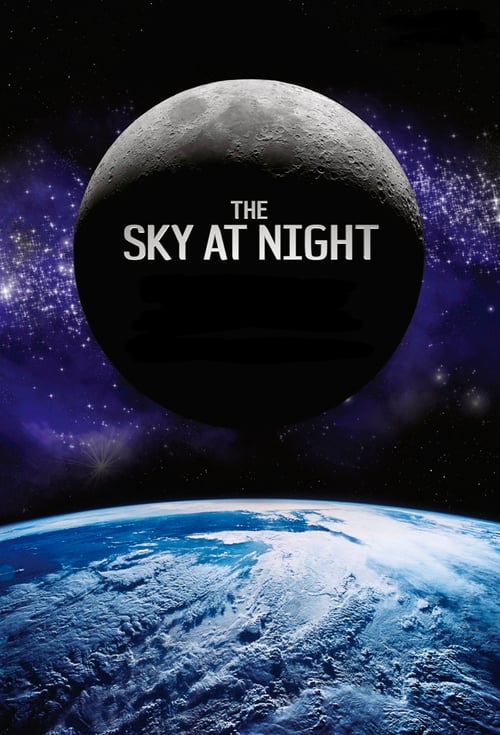
The Sky at Night - Season 38
1994 • 13 episodes
About this season
Episodes
Seasons & Episodes

Cosmic Charioteer
Episode 1 • Jan 09, 1994
Auriga is one of the most prominent of all the constellations of the northern sky. Patrick Moore explains what can be seen there.

What's in a Name?
Episode 2 • Feb 07, 1994
Celestial names, discussed by Patrick Moore.

Return to the Moon
Episode 3 • Mar 07, 1994
Patrick Moore and Drjohn Mason report on the American lunar probe Clementine.

Studies of the Southern Sky
Episode 4 • Apr 04, 1994
Patrick Moore talks to astronomers carrying out research in Australia.

Celestial Hide and Seek
Episode 5 • May 02, 1994
There will be a partial eclipse of the sun on 10 May and of the moon on 25 May. Patrick Moore and H.J.P. Arnold explain what should be visible.

The Royal Observatory Edinburgh
Episode 6 • May 29, 1994
Patrick Moore explains the role of the Royal Observatory, Edinburgh, 100 years after it was established.

Swan's Nest
Episode 7 • Jun 27, 1994
Patrick Moore investigates evidence for the existence of black holes - collapsed stars whose gravitational field is so strong that not even light can escape.

Target Jupiter
Episode 8 • Jul 31, 1994
Earlier this month, the comet Shoemaker-Levy 9 impacted on Jupiter and was destroyed. Patrick Moore reports on the event with Drs Jim Scotti, Steven Miller and John Mason.

Radio Network Australia
Episode 9 • Sep 02, 1994
Australia has become a major centre for radio astronomy. The 210-foot dish at Parkes, New South Wales has been in continuous operation since 1961 and has provided work of fundamental importance. The "Australia Telescope", a network of all the main observatories, now covers a wide area of the continent. In this programme, Patrick Moore goes to the Australian radio observatories and talks to the scientists who have made Australia so important in this branch of astronomy.

The Autumn Sky
Episode 10 • Sep 19, 1994
What to look for in the autumn evening sky. With Patrick Moore.

Lenses in the Universe
Episode 11 • Oct 17, 1994
Professor Richard Ellis of Cambridge University joins Patrick Moore in a programme focusing on gravitational lenses.

Planets around Pulsars
Episode 12 • Nov 14, 1994
Dr Paul Murdin talks to Patrick Moore.

A Year In The Life of Hubble
Episode 13 • Dec 12, 1994
Patrick Moore is joined by Professor Alec Boksenberg to review a successful year for the Hubble Space Telescope.